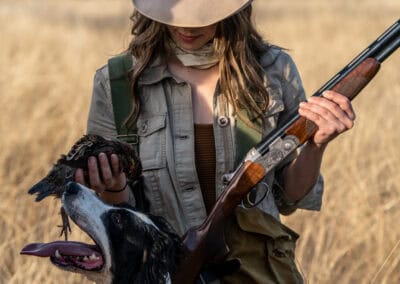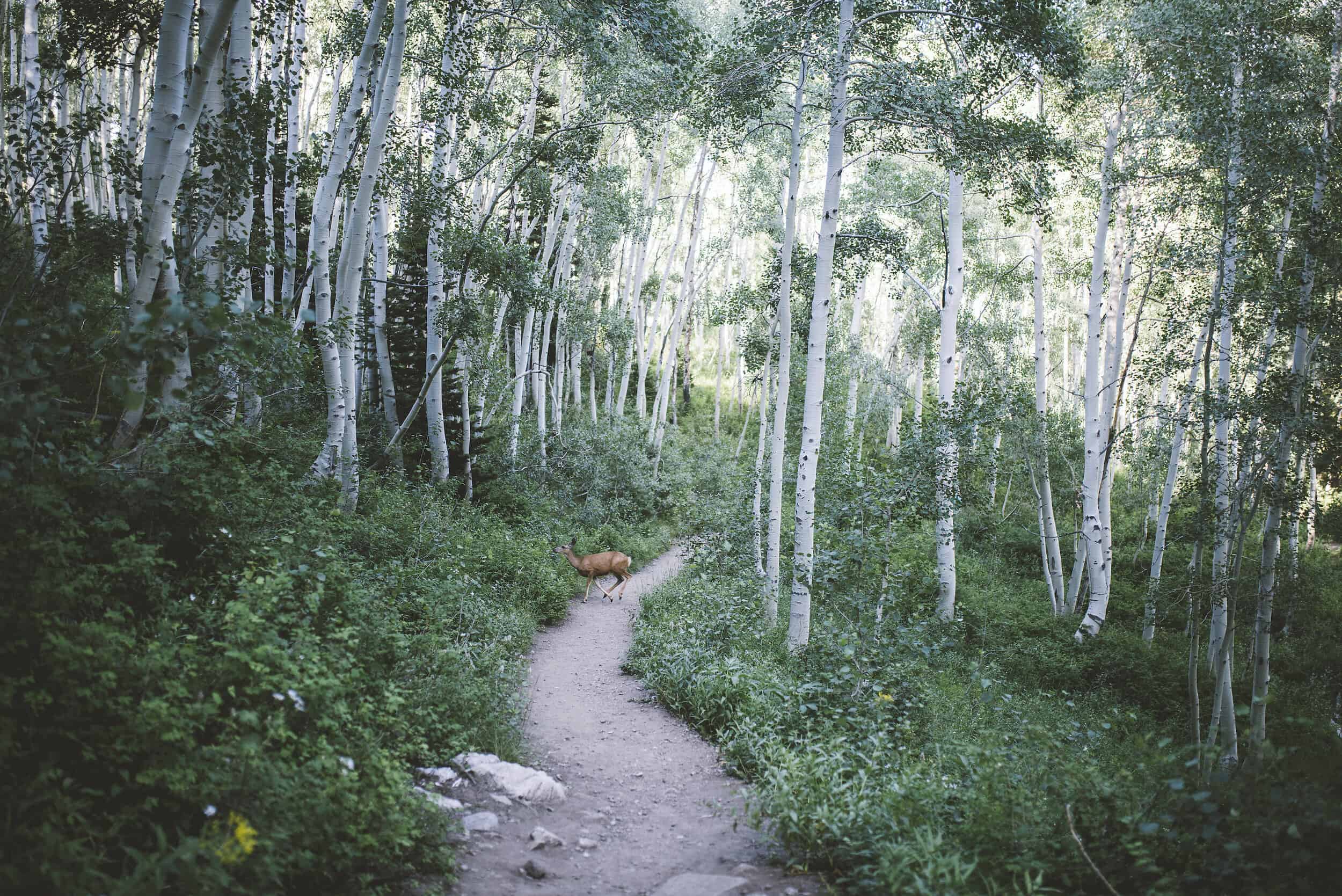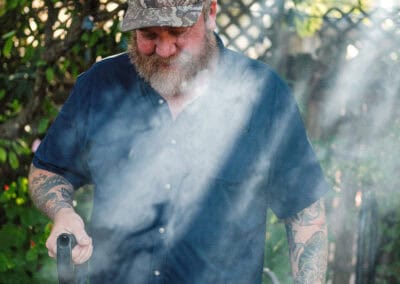Your cart is empty


Great things could lie ahead for American hunters. As new priorities give rise to the public’s engagement with nature, Lindsey Davis explores the shifting opportunities and threats to the modern hunter’s landscape.
Congratulations my intrepid, policy-curious hunters and wilderness enthusiasts – we made it through election season. While there are still many strange headlines to wake up to each day, public lands, hunting and wildlife were on the ballot in many forms this year. This month’s read is a roundup of results, and the latest policy developments that show how the outdoors and wildlife are faring amongst voters and legislators.
Parks and Open Space Pass with 98 Percent Success Rate
This election, voters approved a total of $3.7 billion in new funding for parks and open space measures nationwide according to the Trust for Public Lands. Since 1988, such measures have won approval on average 76 percent of the time. This year, 48 of 49 measures passed, giving public lands a 98 percent success rate on the ticket. With the outdoors more important than ever to American’s this year, participation rates soaring, and access disparities in the national spotlight, this is a big win and bodes well for public lands as a platform for our leaders.
Utah Establishes a Right to Hunt and Fish
The state of Utah passed an amendment establishing a right to hunt and fish as a state constitutional right. Utah now joins 19 other states with a similar amendment. This measure also declared that hunting and fishing are the preferred means of managing and controlling wildlife. The move is somewhat symbolic, as it doesn’t change any current rules or regulations. These ‘right to hunt and fish’ amendments protect the tradition of hunting as the non-hunting public grows more dominant in population and in voting power. This legislation ensures that the non-hunting public can’t take away hunting rights in these states, which has been a problem globally in various forms with import bans in Europe, etc. The key thing to pay attention to is that the hunting population is realizing that their future can depend on public perception. Also important is these laws acknowledge that state wildlife management policies and funding streams are absolutely tied to hunting and the income it generates. This amendment passed by 70 percent, as the state of Utah is seeing a 40 percent increase in new hunting licenses.
Gray Wolves Delisted and Reintroduced in Colorado
After being systematically removed from the contiguous U.S. by the mid-20th century and nearly 45 years on the Endangered Species list, the federal government has delisted gray wolves, opening them up to state management and new hunting opportunities. There are now more than 6,000 gray wolves in the Lower 48 states, largely clustered in the Northern Rocky Mountains and the Western Great Lakes region.
In Colorado, voters narrowly approved the nation’s first law requiring a state to reintroduce gray wolves. Wolves were eliminated in Colorado in the 1940s following a bounty program, however many biologists say the predators are important to keep deer, elk and other species in balance. Colorado’s move will restore wolves to lands west of the Continental Divide by the end of 2023. It is anticipated that other western states will follow suit. In some western states, like Utah, the department of wildlife has not formally acknowledged the presence of wolves in the state even though they are spotted almost every year on the northern borders. We will likely see shifts in the state’s stance as a result of the delisting.
Champions of the Great American Outdoors Act (GAOA) Lose Re-election
Earlier this year, we saw the passing of the landmark Great American Outdoors Act, which allocated 10 billion dollars to public lands and waters across the federal land management agencies. Its two sponsors were House Representative Joe Cunningham of South Carolina, and Senator Cory Gardner of Colorado. Both of these leaders lost their re-election. According to the Center for Western Priorities, 81 percent of Western voters say national public lands, parks, and wildlife issues are important to them in deciding which candidate to vote for in Presidential and Congressional elections. We are a growing voting block, but these recent losses muddy the waters for our leaders on how taking a stand for public lands affects their chances of re-election.
Bureau of Economic Analysis (BEA) Releases New Data on Outdoor Recreation
This month the BEA released its third round of data measuring the size of the outdoor recreation industry. In 2019, we generated $788 billion in economic output, an increase of $10 billion from previous years. This means we represent 2.1 percent of the country’s gross domestic product (more than agriculture, mining, utilities, and computers and electronics), and employ 5.2 million americans. With the growing influence of the sector, the BEA is unlocking new tools and data to bolster this key industry, and now has state income by activity available. Translation – we can look at each state, and find out just how much income hunting, fishing, camping or skiing brings to the table. These numbers are turning heads in Washington, ensuring we will have a seat at the table for key resource management decisions and will be the backbone of legislation for recreation infrastructure and public lands funding in the next year.
United States Geological Survey (USGS) Publishes Atlas on Wildlife Migration
The USGS published an atlas on wildlife migration, showing more than 40 different big game corridors in the states of Arizona, Idaho, Nevada, Utah and Wyoming. This signifies the first time state and federal wildlife biologists have come together to map the migrations of ungulates — hooved mammals such as mule deer, elk, pronghorn, moose and bison — across America’s West. The maps will help land managers and conservationists pinpoint actions necessary to keep migration routes open and functional to sustain healthy big-game populations amidst the increasing challenges presented by roads and development. It is only in recent years that we learned mule deer migrate hundreds of miles across Wyoming and Utah.

Lindsey Davis is the Vice President of the Outdoor Recreation Roundtable, the nation’s leading coalition of outdoor recreation trade associations and businesses. She serves on the board of advisors for the Outdoor Alliance, a non-profit that protects public lands and the human-powered recreation experience, as well as the board for the Utah Wildlife Federation and the advisory committee for the Utah Office of Outdoor Recreation. Lindsey is passionate about uniting different user groups around issues of access, wildlife management, and habitat protection. In her off time, you can find her working in her backyard garden, wrangling her bird dog, and scouting for hunting season.
Related Stories



Latest Stories


